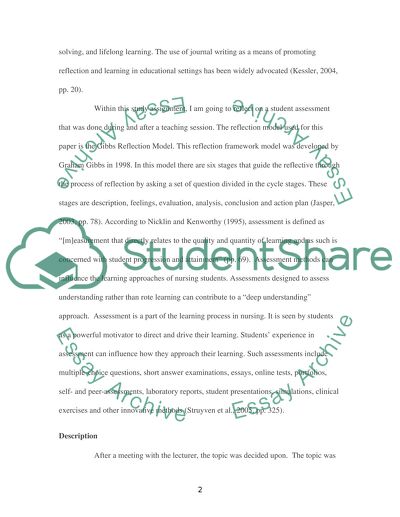Cite this document
(“Gibbs Reflection Model Essay Example | Topics and Well Written Essays - 4500 words”, n.d.)
Retrieved de https://studentshare.org/education/1577921-facilitating-learning-and-teaching-reflection
Retrieved de https://studentshare.org/education/1577921-facilitating-learning-and-teaching-reflection
(Gibbs Reflection Model Essay Example | Topics and Well Written Essays - 4500 Words)
https://studentshare.org/education/1577921-facilitating-learning-and-teaching-reflection.
https://studentshare.org/education/1577921-facilitating-learning-and-teaching-reflection.
“Gibbs Reflection Model Essay Example | Topics and Well Written Essays - 4500 Words”, n.d. https://studentshare.org/education/1577921-facilitating-learning-and-teaching-reflection.


